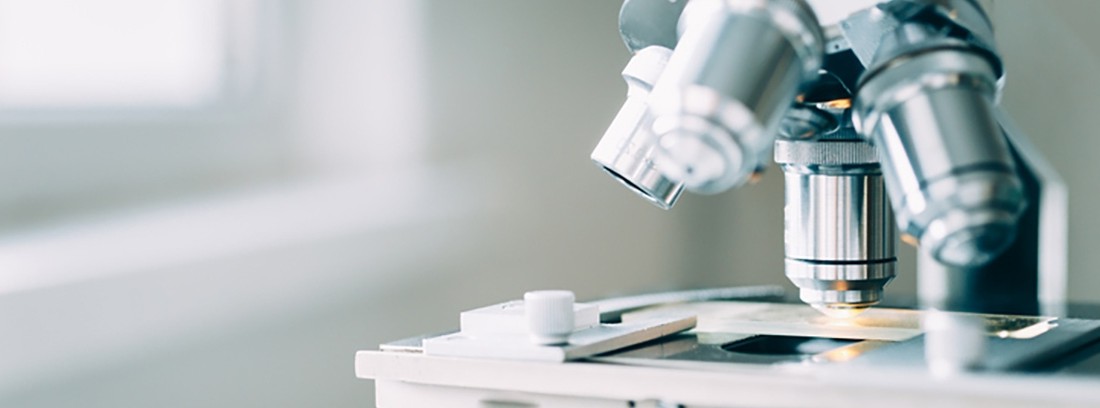Pap smear

Alternative names
Cervix cytology. Triple take of Witt.
Definition
Diagnostic test belonging to the field of Gynecology that consists in the collection and study of cells from the surface of the epithelium that covers the outermost and narrower portion of the uterus known as the cervix or cervix.
How is the study done?
Cytology is performed in the Gynecology Units on an outpatient basis.
The patient lies on a table during the test in the gynecological position. The examiner introduces a speculum through the vagina to locate the cervix, then a small cotton swab is inserted and three samples are collected from three different locations by lightly scraping the surface. The collected samples are deposited on specific sterile glass elements for later study.
The study does not require the use of anesthesia.
Preparation for the study
Cytology requires some prior preparation on the part of the patient to guarantee good results:
- You must abstain from sexual intercourse in the 48 hours prior to taking it.
- You must have finished menstruation 4-5 days before.
- The external genitalia should be washed with soap and water, not internal washes or the use of vaginal deodorants
- You should avoid the use of topical treatments 5-7 days before the test (ovules, spermicides, vaginal creams ...).
What does it feel like during and after the study?
The Pap test is painless for the patient, although it can be uncomfortable.
Small vaginal bleeding may appear after sampling and resolve spontaneously.
Risks and contraindications
Cytology does not present risks or contraindications.
Reasons why the study is carried out
The Papanicolau study is a simple, safe and widely used diagnostic test in the field of Gynecology.
The study makes it possible to detect early, diagnose cervical cancer and detect infections or inflammation of the cervix.
Cytology is a basic screening test for the early diagnosis and treatment of uterine cancer.
(Updated at Apr 14 / 2024)